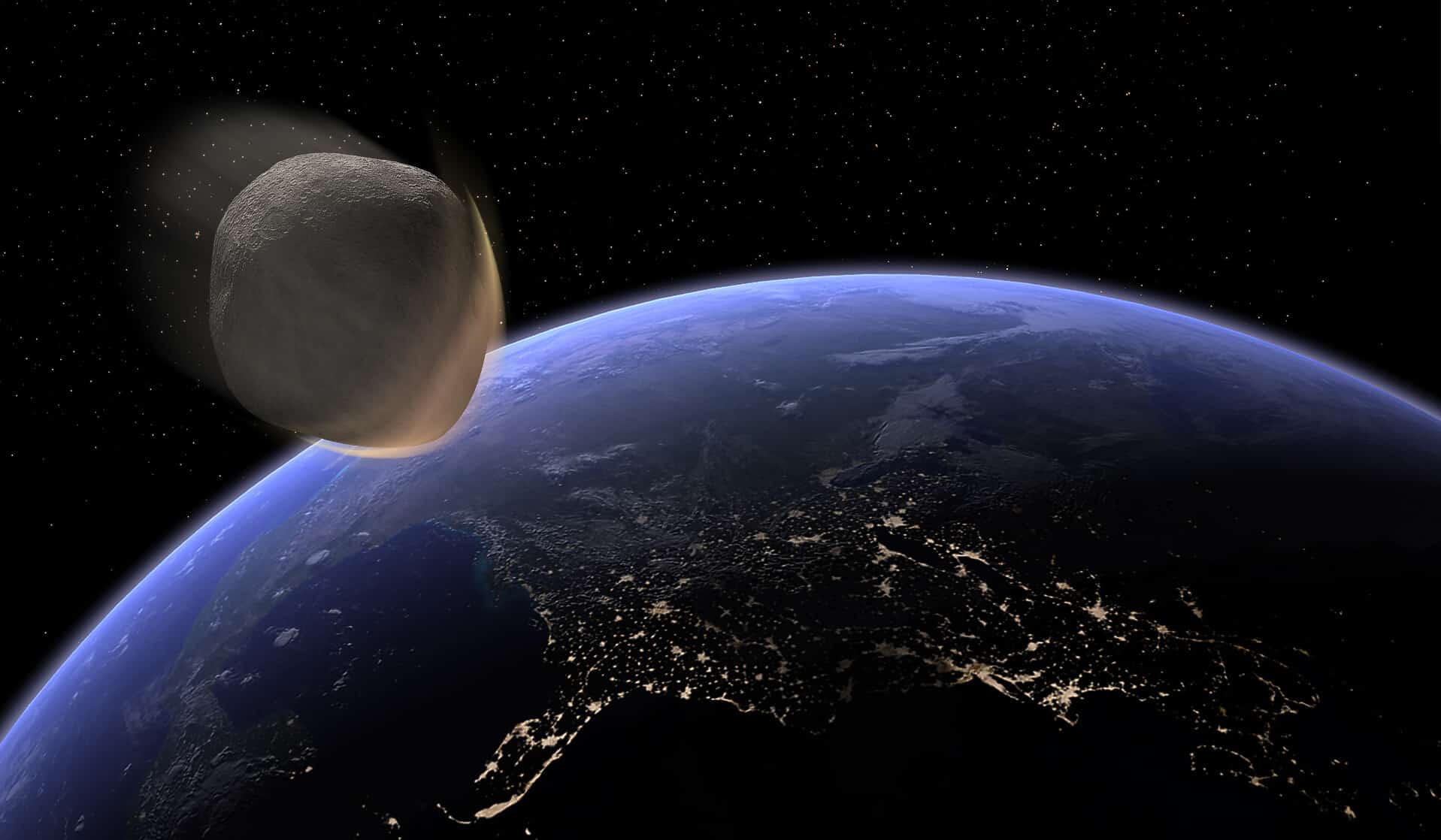
A powerful cosmic explosion may have wiped out an early, advanced human civilization around 12,800 years ago. New scientific findings in Louisiana suggest that a large comet fragment exploded in Earth’s atmosphere with enough force to melt stone into glass, supporting claims that an ancient impact event destroyed a lost civilization.
The discovery centers around a 984-foot-long depression near the town of Perkins, which researchers believe may be the first known airburst crater from the Younger Dryas period.
The blast, caused by a comet fragment detonating mid-air, aligns with the timing of sudden global cooling, widespread extinctions, and the abrupt collapse of prehistoric cultures—phenomena often linked to a possible lost civilization wiped out by an ancient explosion.
Author Graham Hancock and comet researcher Dr. Allan West discussed the findings together, presenting them as evidence for the controversial Younger Dryas Impact Hypothesis.
First proposed in 2006, the hypothesis suggests that Earth was struck by fragments of a massive comet roughly 12,800 years ago. This impact, they argue, triggered not just environmental upheaval but also the destruction of a sophisticated Ice Age-era culture.
Ancient airburst theory gains ground
Radiometric dating and electron microscopy confirmed that the glassy material found in Louisiana dates back to the Younger Dryas Boundary—a period marked by abrupt climate reversal and the extinction of megafauna such as mammoths and saber-toothed cats.
Dr. West, part of the Comet Research Group, said the explosion would have matched the destructive force of tens of thousands of nuclear bombs going off at once.


He noted that while full-scale impacts like the one that ended the age of dinosaurs are rare, smaller but still devastating airbursts, such as those over Tunguska in 1908 and Chelyabinsk in 2013, are more frequent than most people realize.
Hancock believes the Louisiana crater is part of a broader global pattern. According to him, Earth passed through the tail of a massive comet from the Taurid meteor stream, unleashing a cluster of explosive fragments over various regions, including North America, Syria, Belgium, Chile, and even Antarctica.
He compares the impacts to a shotgun blast, with some fragments as small as monuments and others the size of modern cities.
A challenge to traditional archaeology
He also argues that traditional archaeology does not account for evidence found in ancient texts and myths.
Pointing to stories like the Egyptian Book of the Dead and global flood legends, Hancock maintains that an Ice Age culture possessed advanced knowledge of astronomy, Earth’s dimensions, and navigation.
Both Hancock and West say their work has been met with resistance. West shared that some of their papers have been delayed, blocked, or even targeted for retraction. He added that challenging mainstream science is rarely welcomed, especially when it questions long-established interpretations.
Hancock said he does not expect immediate acceptance of their ideas. However, he remains convinced that with enough supporting evidence, their version of ancient history will eventually gain recognition—even if that process takes decades.
Other mainstream experts have said that Hancock’s findings are cherry-picked, and he has been accused of practicing pseudoscience and pseudoarchaeology.
